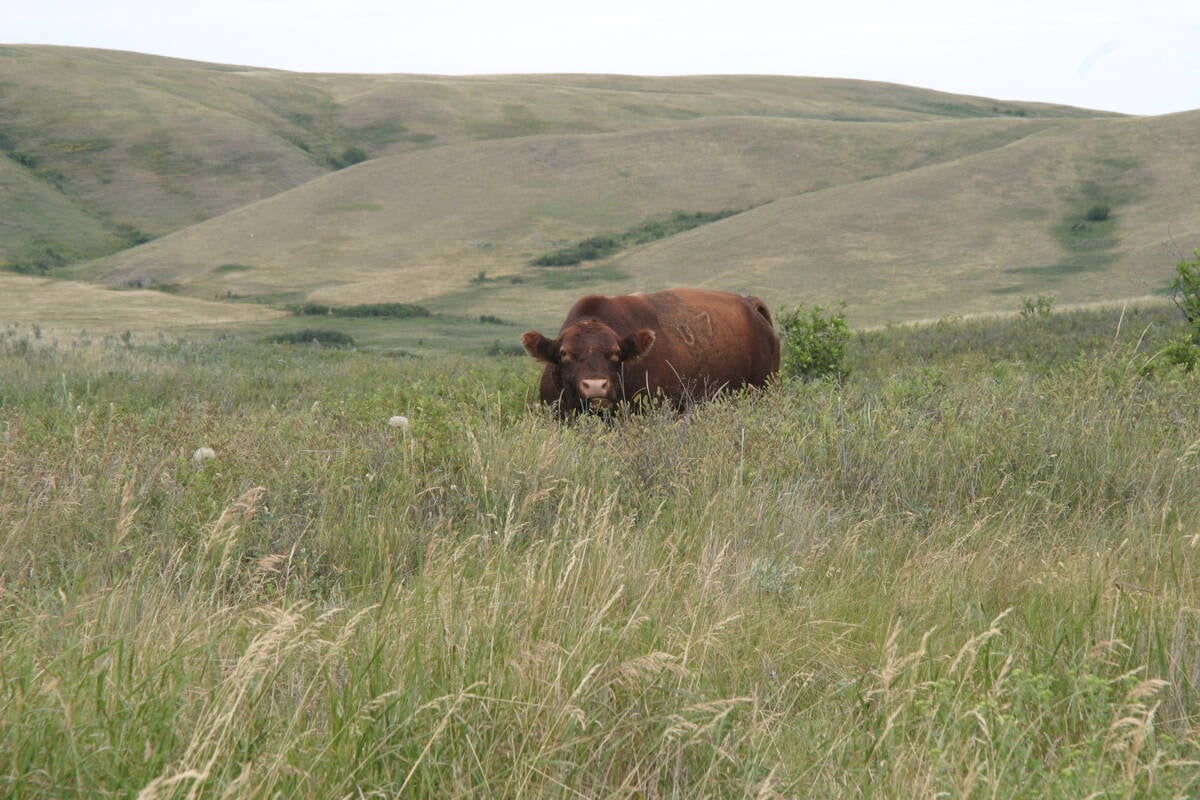Despite the heat drying up grassland, it appears there will be no forced rush to remove cattle from many of the pastures managed by the Prairie Farm Rehabilitation Administration.
The PFRA’s more southerly community pastures are generally holding well. There is some concern, however, about the pastures in northeastern Saskatchewan and a number farther north in Manitoba.
Officials with the PFRA said it is too early to predict when they might be forced to remove cattle from pastures affected by the drought-like conditions. Even at pastures where an early removal could become necessary, that may only be two to three weeks ahead of the norm. Rains now could still rejuvenate those pastures.
Read Also

Saskatchewan puts crown land auction on hold
Auctions of Saskatchewan crown lease land are once again on hold.
Don Shaw, PFRA capital projects manager in Regina, said the agency’s pastures in south and central Saskatchewan were in good condition this spring. Improvements to the management of the pastures, including leaving some carryover of grass from the previous year, are adding to their durability this summer.
The main area of uncertainty for PFRA pastures in Saskatchewan is in the northeast, around Wynyard, Wadena and Hazel Dell. No decisions have been made yet, but Shaw said cattle on those pastures might have to come out two weeks earlier this fall. Normally, the cattle are removed in mid-October.
Wayne Lenfesty, PFRA’s land manager for the Brandon district, said cattle will have to be removed ahead of normal from some community pastures in southern Manitoba. In an Aug. 12 interview, he listed several pastures in the region that were drier than normal, but noted that these remain in better condition than might have been expected.
An upside to this year is that pest insects have been less prevalent in southern Manitoba. That has helped to relieve stress on cattle. At the same time, Lenfesty said problems like foot rot, pinkeye and pneumonia have occurred less often. The result is that cattle remain in good condition.
In the more northerly PFRA pastures in Manitoba, some of the areas of concern are north of Swan River and The Pas, and at pastures near Roblin and Ethelbert, where conditions are fairly dry, said Ron Moss, the agency’s land manager for the Dauphin region.
Some pastures have been hit with the double whammy of dry weather and grasshoppers, he said.
However, if an early removal of cattle is necessary at the most stressed pastures, it likely would be only two to three weeks earlier than normal. And as in other areas where the PFRA has pastures, a decision about early removals has not yet been made.
One thing helping the carrying capacity of pastures in northern Manitoba this year is the cover provided by bush and trees, where grass can grow sheltered from the scorching heat. And with less moisture, cattle are able to graze more of the slough grass.
“Any of the cattle I’ve seen look really good,” Moss said.
PFRA has 87 pastures in Western Canada, according to Shaw. Sixty-two of those are in Saskatchewan, 24 are in Manitoba and one is in Alberta. In a typical year, they can host 125,000 cows and 100,000 calves, which makes them an important source of pasture for prairie producers.
















